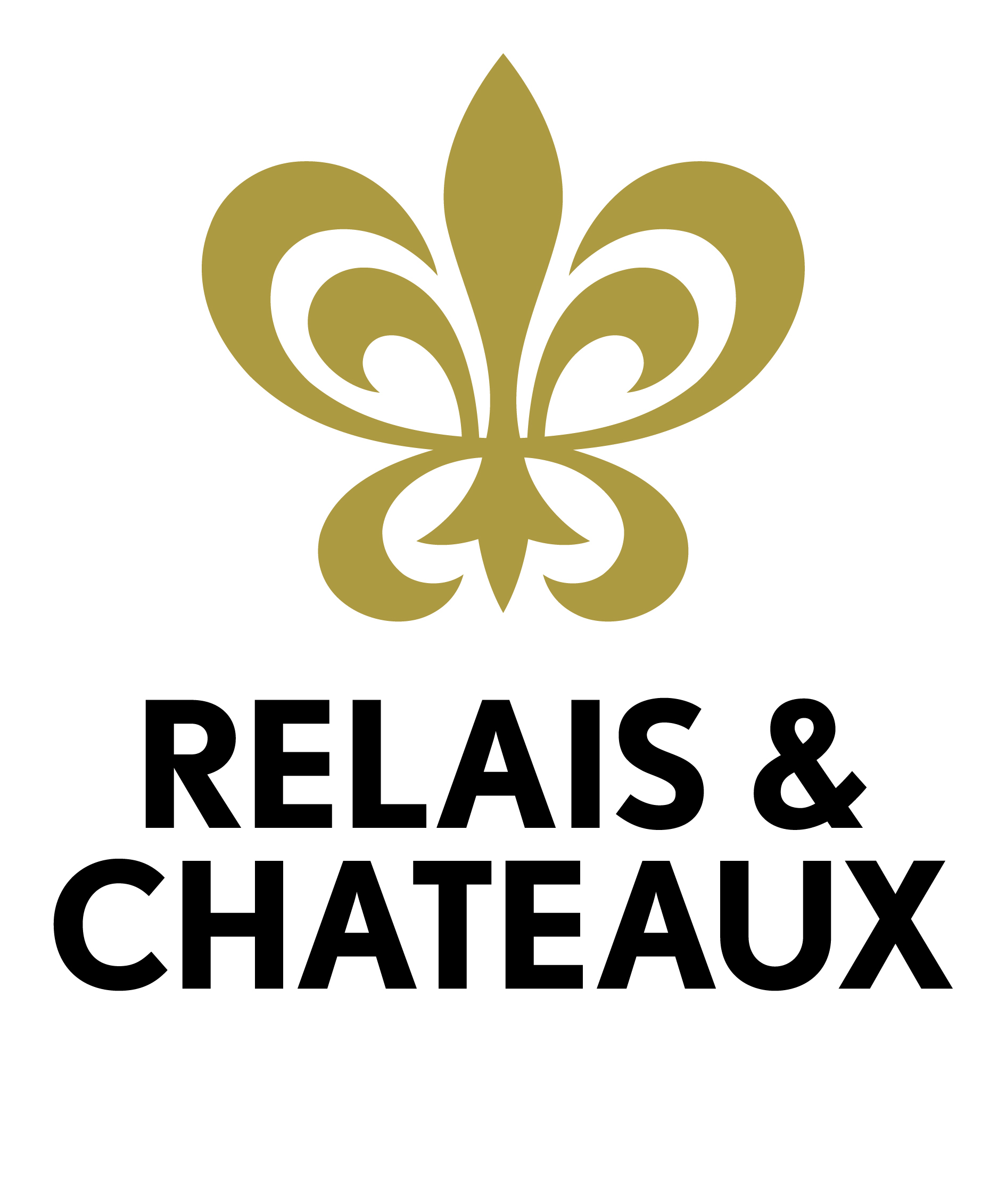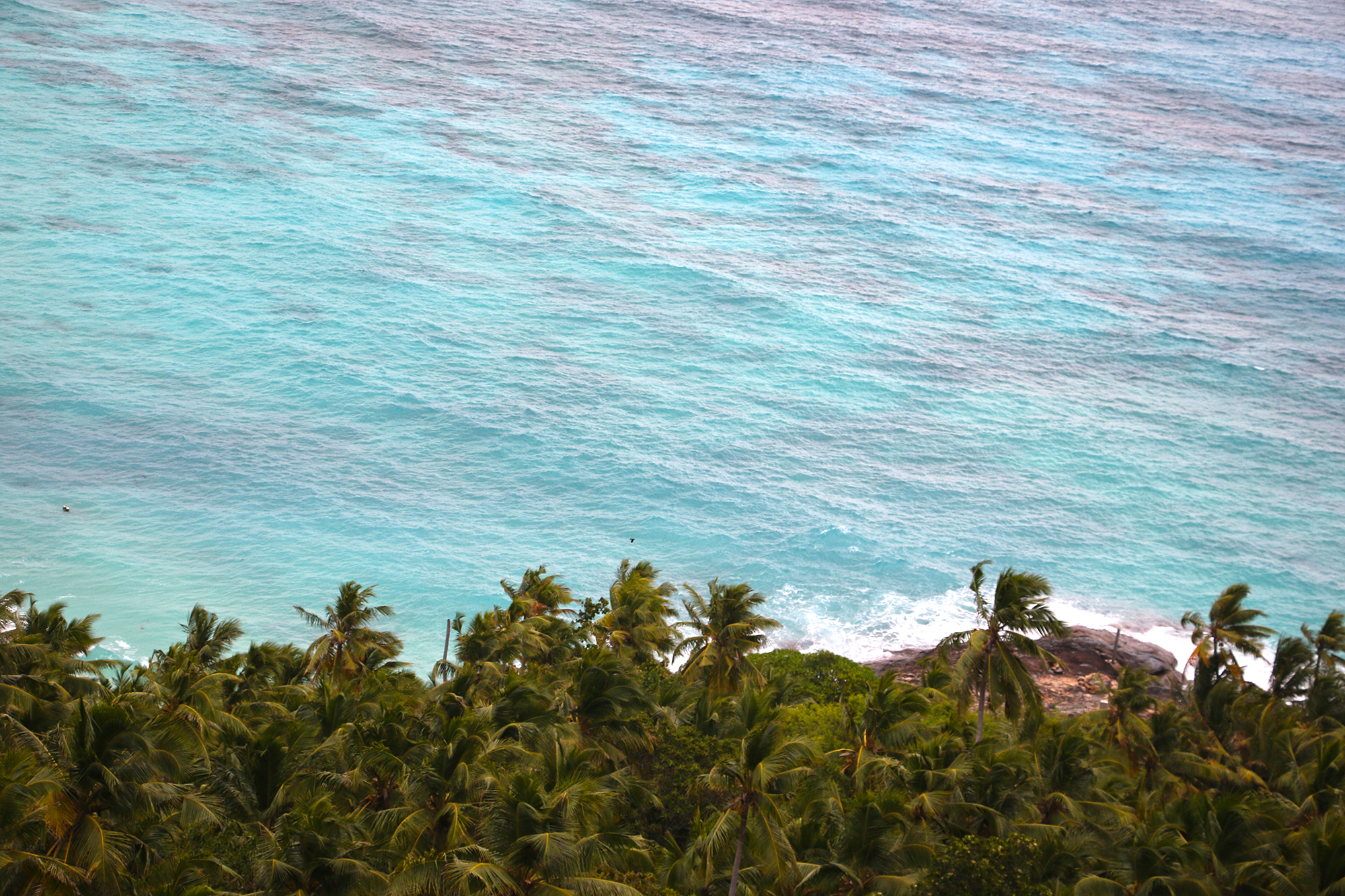
The conservationist is a certain, often less common, breed of adventurer. Not going merely into the dark to explore untrodden paths, to bring back tales of worlds apart, they use more than words and images to do their storytelling and, more importantly, to do their real work: the work of restoring those already trodden paths, of undoing the detriment caused by human hands.
In those seas and wildernesses that excite the explorer, the conservationist’s every heart beat pumps not only for themselves but for the land too, for the endangered turtles of the sea or nearly extinct white-eyes of the sky.
In the private North Island, 7 km north of Silhouette Island in the Seychelles, conservationists have been essential to the creation of an island Eden.
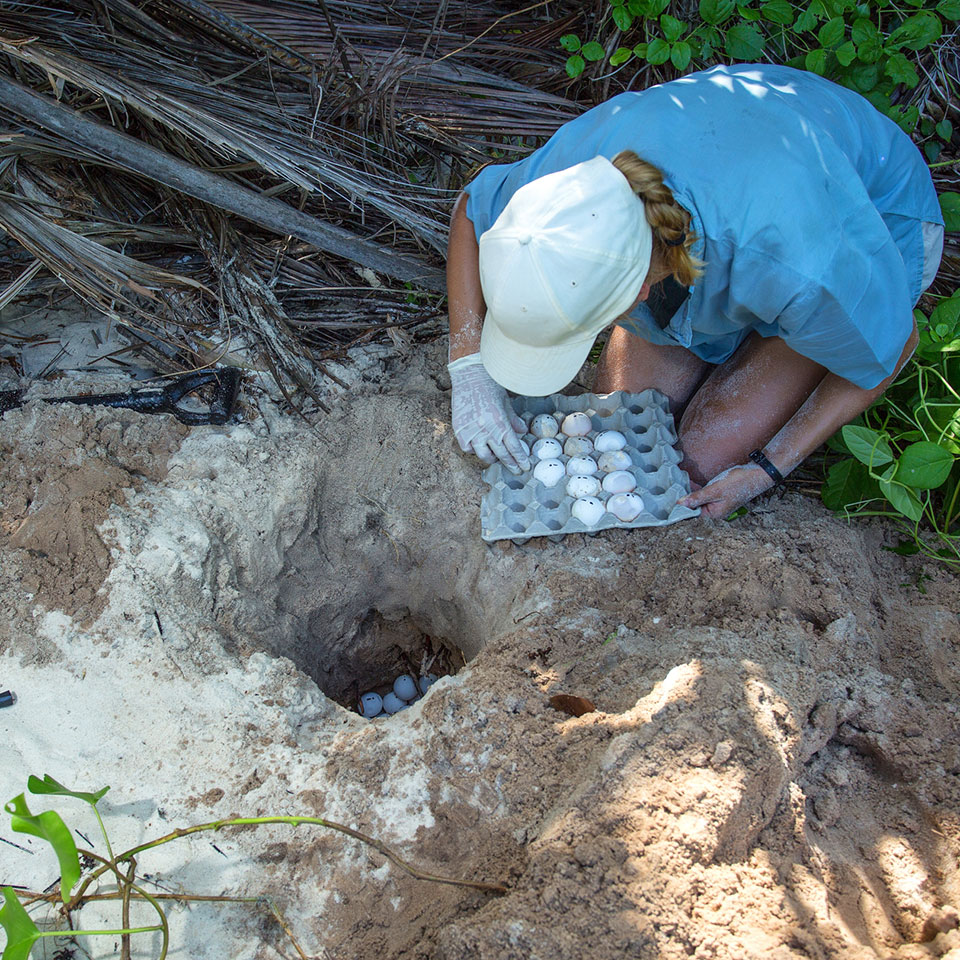
Over 20 years ago, most of the original forest on North Island was cut down, replaced with a coconut plantation, driving the indigenous flora and fauna away. And then the conservationists moved in – adventurers with a will to see the unique wild corners of Africa and the Indian Ocean restored.
Their restoration programme goes by the name of the Noah’s Ark Project. Its goal is to restore the entire island ecosystem that was degraded and overrun with invasive plant and animal species, to its original natural abundance and diversity. It has been one of the most ambitious island rehabilitation programmes ever undertaken by a private company and a handful of NGO partners.

Currently, alien plants and animals continue to be removed, and over 100 000 indigenous seedlings have been planted and indigenous fauna such as the Aldabra Giant Tortoise reintroduced. The introduction of the Endangered Seychelles White-eye has been so successful that individuals can be relocated to other islands to repopulate them.
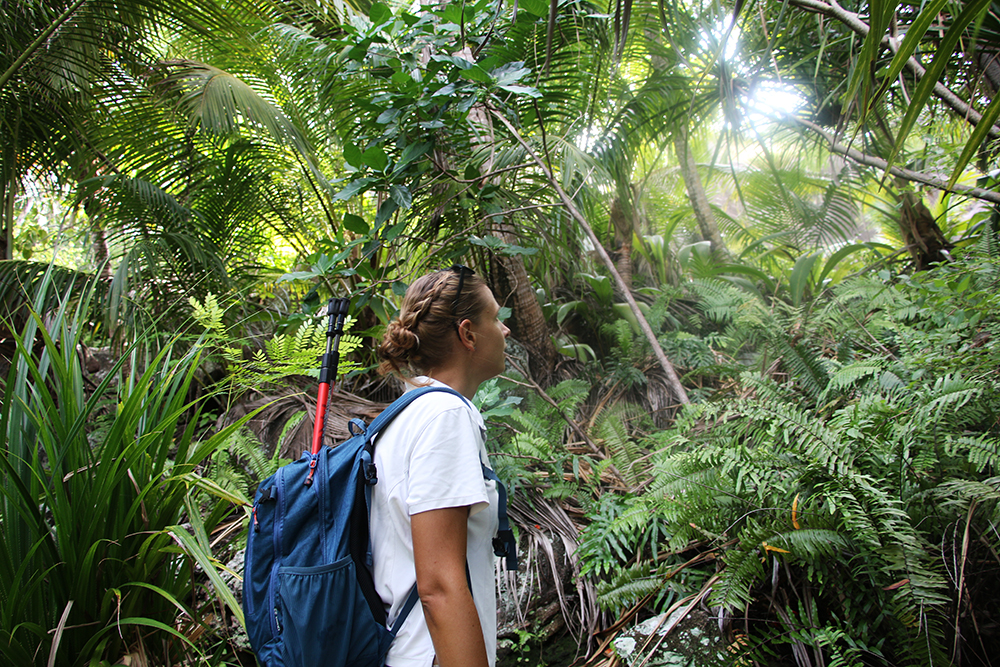
Since 1997, this “Noah’s Ark” island sanctuary for endangered and endemic species has seen many conservation successes:
- Rewilding – 56 hectares of forest has been rehabilitated (almost 30% of the Island – an island the size of Monaco!), restoring the unique biodiversity of the Seychelles to the Island. Hundreds of thousands of indigenous trees and palms have been planted over the last 20 years, including rare species such as the iconic Coco-de-mer.
- Habitat rehabilitation has naturally brought about the recolonisation of White-tailed Tropicbirds and Wedge-tailed Shearwaters and many more seabirds around the Island in recent years, including the Greater Fregatebird, Tropical Shearwater, Brown Noddys, Lesser Noddys, and White Terns. Interesting migrant and vagrant birds visit, such as the Amur Falcon, European Honey Buzzard, Corncrake, Gargany, Common Cuckoo and plenty of waders such as Crab Plovers, Ruddy Turnstones and Greenshanks.

- The rare Seychelles White-eye was brought back from the brink of extinction when they successfully reintroduced it to North Island in 2007, when its global population was just 350 birds and it was classified as Critically Endangered by the IUCN. From the founder population of 25 birds they now have over 100; part of the reason why the species has been downlisted to ‘just’ Vulnerable by the IUCN, and why it is now possible to use the population as a source from which to populate other islands in Seychelles.

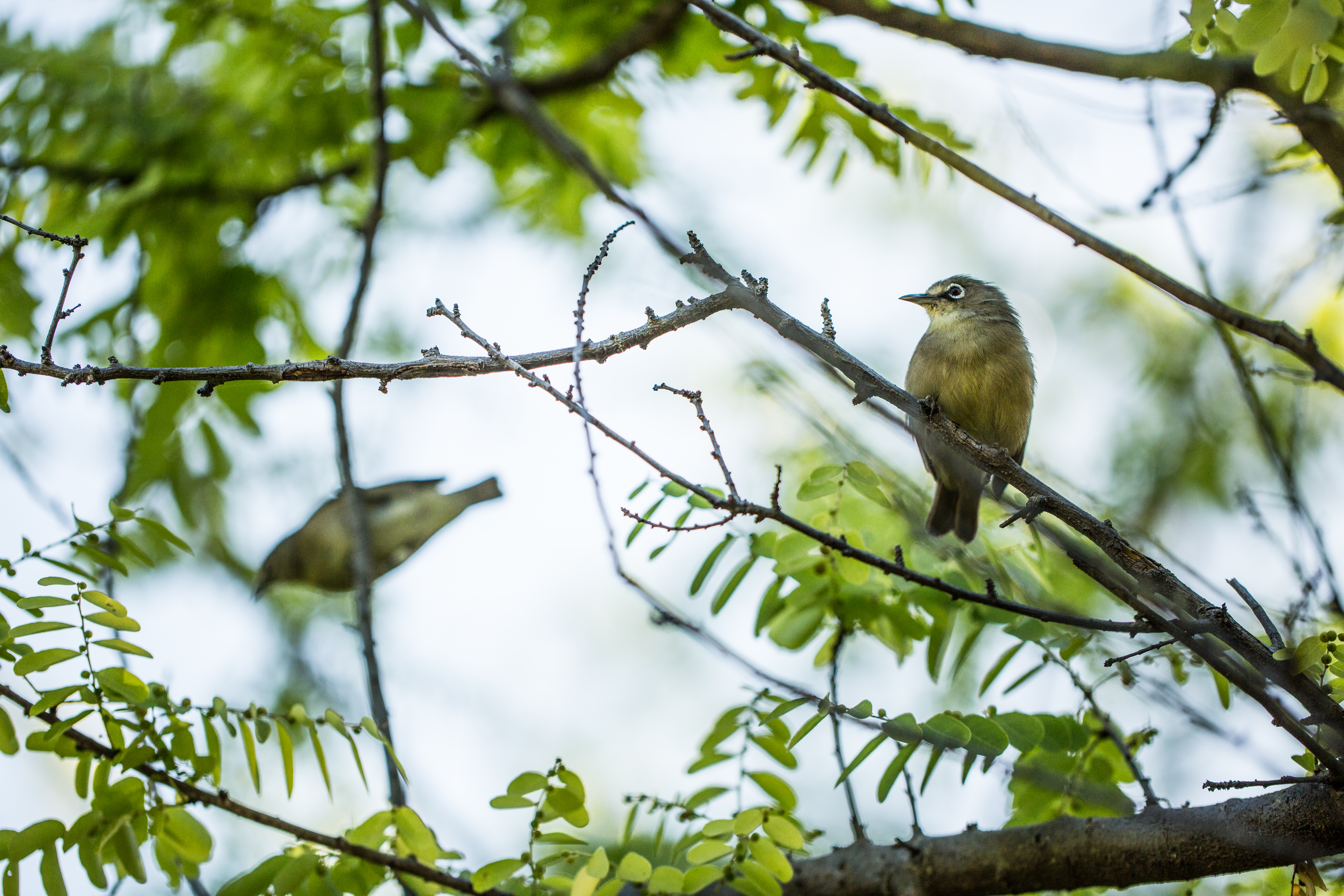
- Only a few tortoises remained in 1997, but now 80-100 Giant Aldabra Tortoises merrily roam the island free from harm. Two sweet new babies joined the growing family this January.
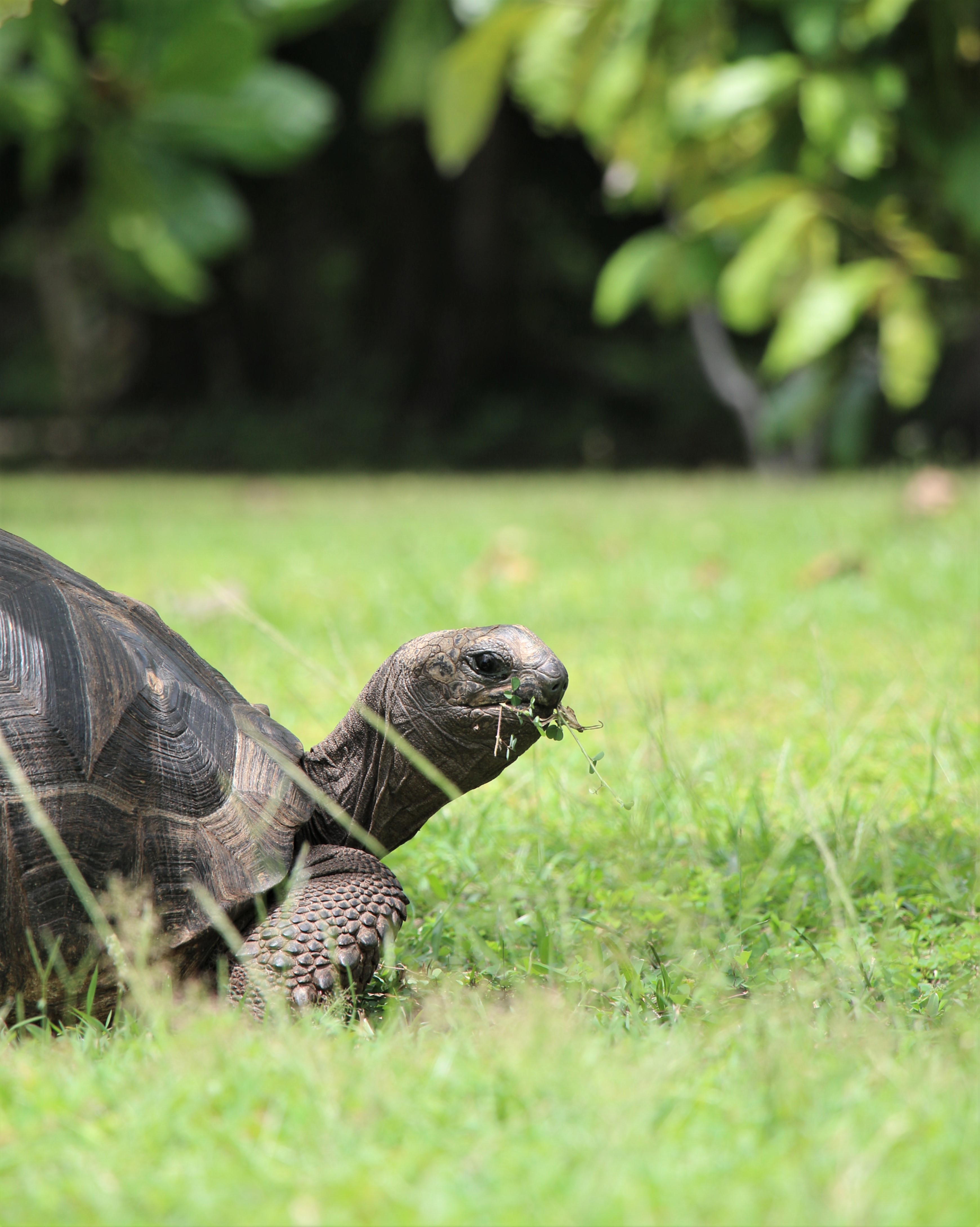
- On average, the number of critically endangered Hawksbill turtles utilising the Island’s private beaches has doubled and the number of Green turtles has increased 6-fold. North Island is now believed to have the largest density of nesting Green turtles of any inner island in the Seychelles. Since 1998, over 200 turtles have been tagged with unique Titanium Turtle tags.
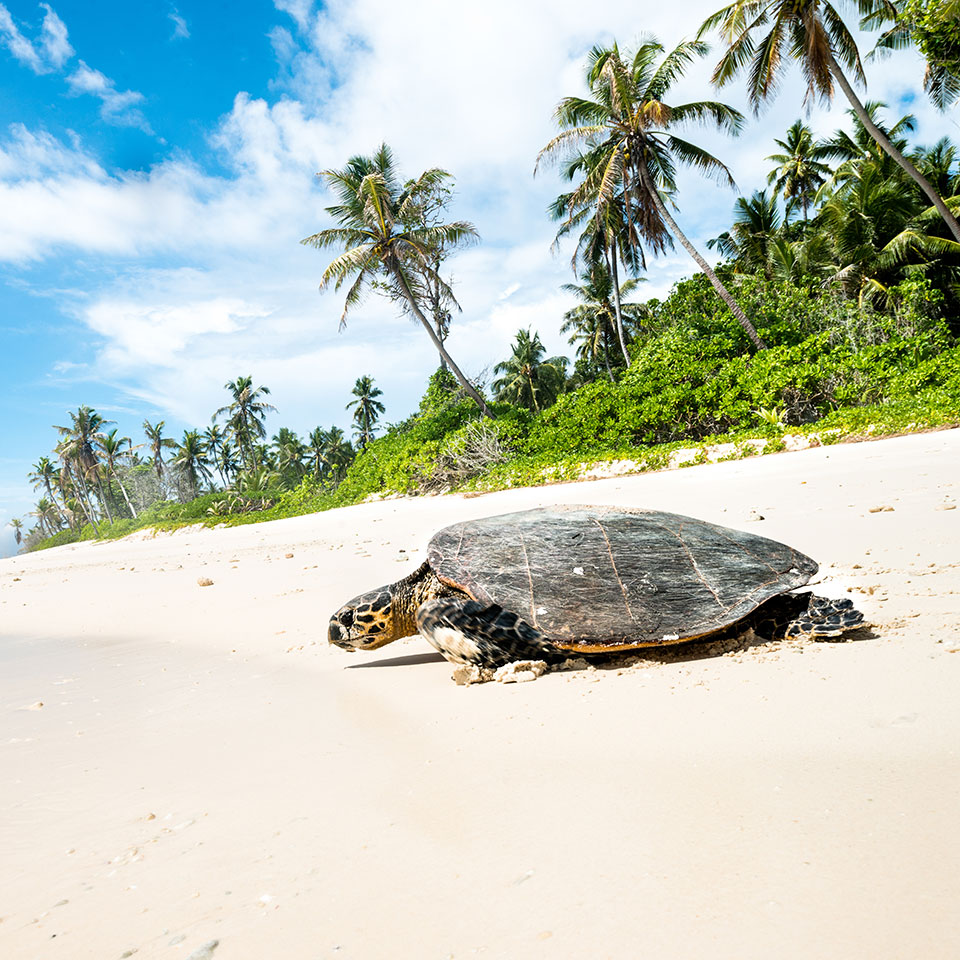
- North Island remains dedicated to its scientific marine surveys, which have been taking place on the Island biannually since 2011, showing the diversity and abundance of fish, corals and invertebrates on the reefs over time, in the hope of helping the island gain Marine Protected Area Status. As one of the purest islands in the Seychelles, North Island continues to lead the way with new marine conservation initiatives this year, going plastic-free and joining the global ‘refuse the straw’ movement.

Learn more about the different initiatives that make up the Island’s Noah’s Ark rehabilitation project and meet some of the animals that call the Island home, from terrapins to charismatic Giant Aldabra Tortoises, with North Island’s special Travel with Purpose Noah’s Ark Project Itinerary on 24 – 28 September 2018.
Read more about the life of a turtle conservationist in Relais & Châteaux’s “10 unexpected jobs around the world.”
